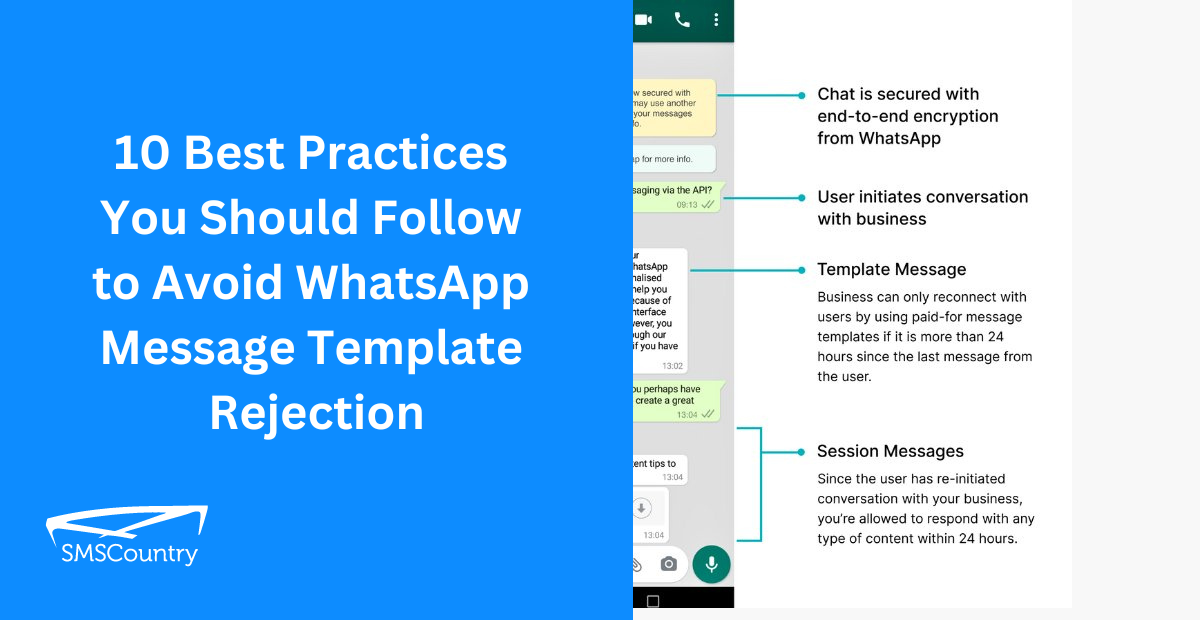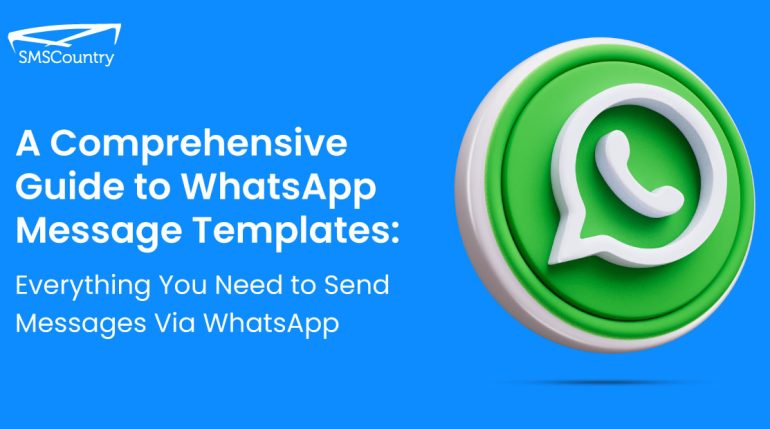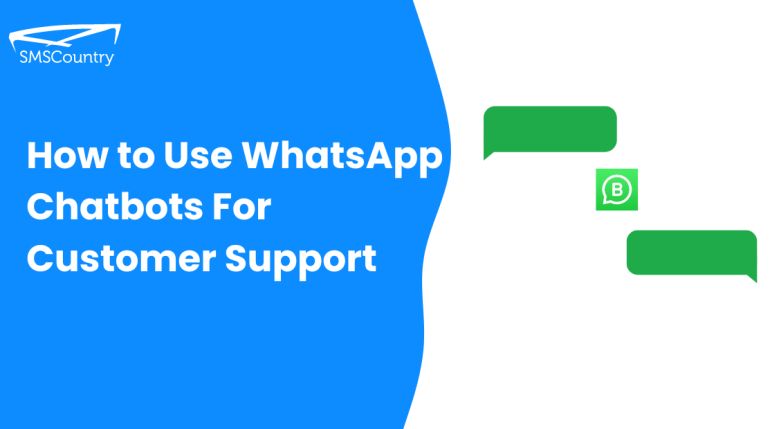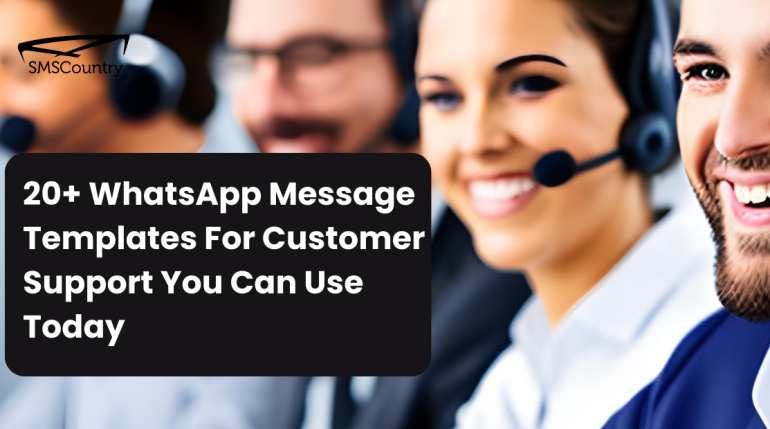Tired of getting WhatsApp message template rejections?
We know how frustrating it can get. Don’t lose heart.
The good news is, you can follow some best practices to improve your chances of approval.
This blog post shares the most common reasons behind WhatsApp message template rejection. And some best practices to help you avoid WhatsApp Business template rejection.
After reading this article, you’ll know how to write acceptable WhatsApp message templates.
This will help boost your brand on WhatsApp Business without stress.
| With TelebuSocial, writing, creating and getting your templates approved on WhatsApp takes less than 10 mins. Get started or book a demo to see how it works. |
What are WhatsApp message templates?
WhatsApp template messages are also known as Highly Structured Messages (HSM). The messages are pre-written and pre-approved texts you can send to your customer.
They’re helpful because you don’t have to type out the same message to each person you want to send it to. Here’s an example to help you understand better.
For example, you run an online store that sells clothes. Your customer places an order on your website. Now, you want to send a confirmation message to them.
With the WhatsApp Business message template, you can use a pre-approved template that says:

In this template, you can replace {{1}} and {{2}} with the customer’s name and order number when sending the message. This helps to personalise the message and make it more relevant to the customer.
You can create custom templates for your specific needs. But WhatsApp will need to review and approve them first.
WhatsApp has two types of WhatsApp Business messages. Keep on reading to know the difference between them.
WhatsApp Business API: Session messages vs Template messages – what’s the difference?
If you’re using WhatsApp business API, you can send two types of messages: session and template.
Both serve different purposes and have other characteristics.

Session messages
A session message is a type of message that lets you connect with your customers for up to 24 hours. This 24-hour period starts counting after the customer’s last message.
So, if your customer sends a message to you and you respond within 24 hours, the conversation is a session. You can send messages to that customer for the next 24 hours.
The great thing about session messages is that you can reply within 24 hours. This means that you can provide quick customer service to your customers.
Here is an example of a session message:

You can continue the conversation for up to 24 hours to help them with their order. After 24 hours, your customer must open another session message.
All You Need to Know About WhatsApp Marketing (+ 7 Tips to Creating a Marketing Strategy)
Template messages
Template messages are pre-written and pre-approved texts you can send to your customer.
There are different types of WhatsApp template messages.
Some are promotional messages that you can use to promote your products or services. Others are customer care messages to answer questions or resolve issues.
For instance, your customer asks, “May I know your services?”
Your template message can be: “Hi, Thank you for contacting SMSCountry. I am Alec. We offer comprehensive Bulk SMS services for you to grow your business. Check us out at www.smscountry.com. Let us know if there’s anything else we can help you with.”

WhatsApp has strict rules about using template messages.
You can only send template messages to people who permit you. You can’t also use them to spam or promote harmful products.
So, what makes session messages different from template messages? Let’s take a quick look.
| Session Message | Template Message |
| They are free-form, conversational messages sent between the business and the customer. | These are pre-approved, structured messages that businesses can send to customers. |
| Ideal for customer support, inquiries, and real-time communication. | Ideal for notifications, alerts, and other non-urgent communication. |
| You must send within a 24-hour window after a customer’s last message. If not, you must send a template message to restart the conversation. | You can send it at any time, even outside the 24-hour window. |
| Do not need approval by WhatsApp. | WhatsApp must approve beforehand. |
| Businesses are not charged for sending session messages. | WhatsApp charges businesses for sending template messages. |
Now you know the differences between session messages and template messages. Let’s look at some best practices you should follow when creating your template messages.
“With Telebu powering seamless WhatsApp messaging at scale, we can check in on recovery, share health tips, remind about appointments, and answer questions instantly. Patients feel more connected to our providers. WhatsApp Business API by Telebu brings healthcare into the modern age.” -Mr. Osama, Sunface Medical Center

How to avoid WhatsApp template message rejection?
WhatsApp has some rules about how you can use message templates. If your message template goes against those rules, WhatsApp will reject it.
Here are 10 best practices to remember when crafting your template messages:
- Follow WhatsApp’s guidelines: Ensure your templates do not contain content that violates WhatsApp Business Policy.
- Use clear and concise language: Write your templates in a clear and concise way. Avoid using jargon, slang, or abbreviations.
- Use parameters: Use variable parameters in curly braces like {{1}}, {{2}} for your templates. Ensure the variable parameters do not contain special characters such as a #, $, or %.
- Use sequential parameters: Ensure your variable parameters get sequenced. For example, if you define {{1}}, {{2}}, {{4}}, {{5}} but {{3}} does not exist, your template will get rejected.
- Don’t ask for private information: WhatsApp won’t approve templates for sensitive information. For example, bank account numbers or ID numbers. It’s okay to ask for some information, like the last four digits of their account number.
- Avoid abusive content: Do not include abusive or threatening content. Do not threaten a customer with legal action or shame them.
- Check for duplicate templates: Ensure your submission template is unique. WhatsApp will reject a template with the exact wording of a pre-existing template
- Check for mistakes: Read your templates well before submitting them. This helps you to avoid grammatical, spelling and formatting errors. Mistakes can get your templates rejected.
- Use the right message type: Ensure you use the right one for your actions. If a message is a session message, do not submit it as a template.
- Stay updated: WhatsApp may update its policies. Stay informed, and ensure your templates follow the rules.
Get ahead in business with WhatsApp message template best practices
We’ve seen how WhatsApp template messages differ from session messages.
When creating your template message, remember to follow WhatsApp’s guidelines to avoid rejection.
Follow all the best practices in this blog. That way, you can create templates that meet WhatsApp’s standards and get accepted.
Using Tebebu Social Connect’s fast and reliable WhatsApp API and chat solutions will enable you to give the best support experience to your customers.
Schedule a free demo with us to learn how our WhatsApp solution works. You’ll also get a walkthrough of how to use the template feature.
Sign up for free to use WhatsApp message templates to connect better with your customers.





